Home>Technology>Smart Home Devices>What Is A Laser Printer
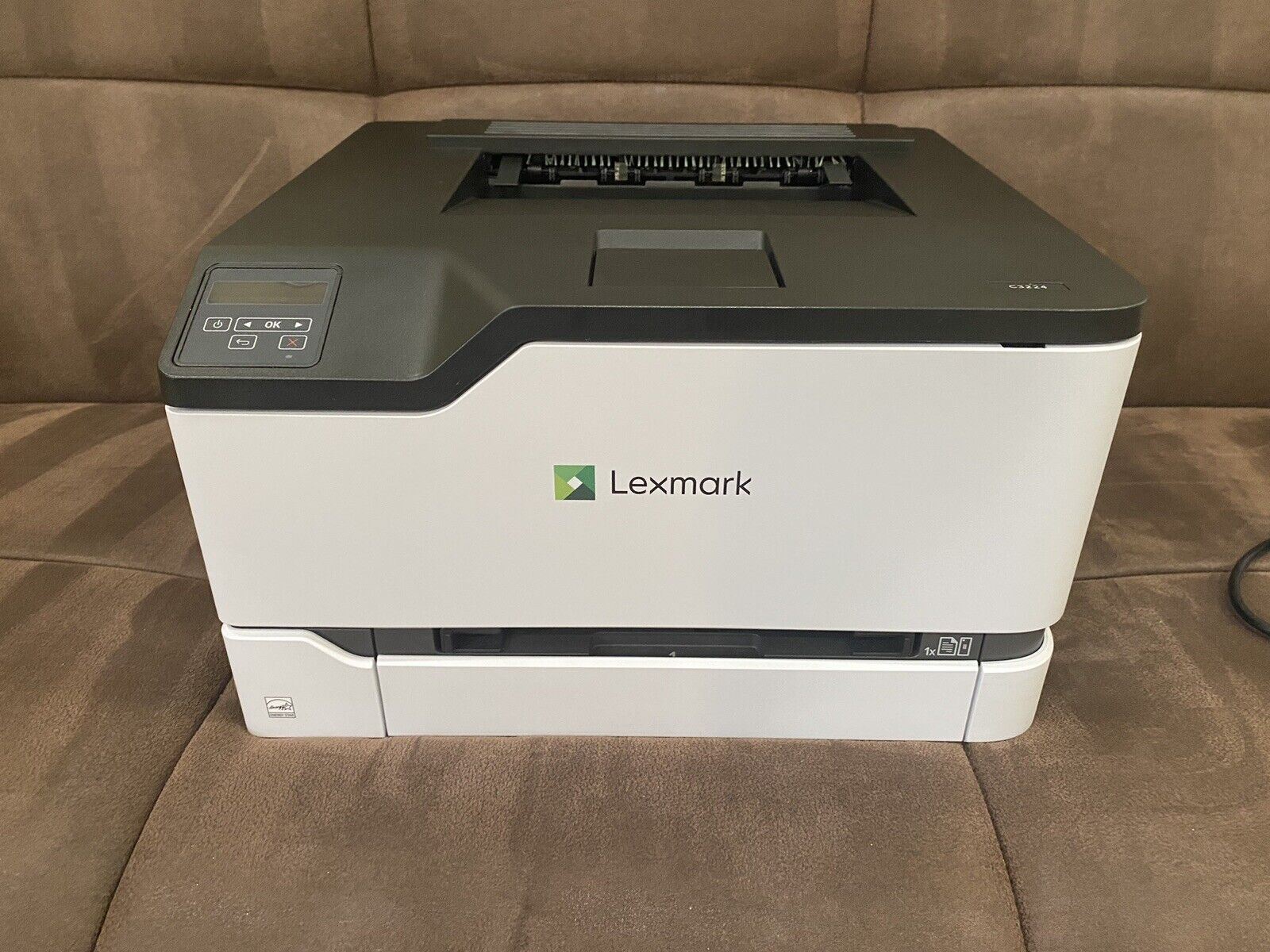

Smart Home Devices
What Is A Laser Printer
Modified: February 18, 2024
Discover the benefits of laser printers for smart home devices. Learn how they can enhance your home office and improve productivity.
(Many of the links in this article redirect to a specific reviewed product. Your purchase of these products through affiliate links helps to generate commission for Storables.com, at no extra cost. Learn more)
**
Introduction
**
Laser printers are ubiquitous in today's modern offices and homes, offering a reliable and efficient means of producing high-quality printed documents. Understanding the inner workings and benefits of laser printers can help individuals make informed decisions when selecting printing devices for their specific needs. In this article, we will delve into the history, functionality, advantages, and drawbacks of laser printers, shedding light on their common applications and impact in the realm of modern printing technology. Whether you're a seasoned professional seeking to optimize your office's printing infrastructure or an individual looking to invest in a reliable home printer, this comprehensive guide will equip you with the knowledge to make informed choices regarding laser printers.
**
Key Takeaways:
- Laser printers revolutionized printing with fast, high-quality output, making them essential for offices, schools, and homes. Their precision and durability set new standards for document production.
- Despite initial costs and maintenance, laser printers offer unmatched speed, efficiency, and longevity. From business documents to personal prints, they are versatile, reliable, and indispensable in modern printing.
Read more: What Is A Mono Laser Printer
History of Laser Printers
**
The origins of laser printing can be traced back to the late 1960s, with the concept originating at the Xerox Corporation's Palo Alto Research Center (PARC). In 1969, researcher Gary Starkweather developed the first laser printer prototype, which utilized a laser beam to create an electrostatic image on a copier drum. This breakthrough innovation laid the foundation for modern laser printing technology.
However, it wasn’t until 1971 that the world witnessed the first commercial laser printer, the Xerox 9700. This pioneering device revolutionized the printing industry, offering faster and higher-quality output compared to traditional impact printers. Over the following decades, laser printing technology continued to evolve, with companies such as IBM and Canon contributing significant advancements in print speed, resolution, and affordability.
Throughout the 1980s and 1990s, laser printers became increasingly accessible to businesses and consumers, leading to a widespread shift away from dot matrix and daisy wheel printers. As the digital age progressed, laser printers continued to dominate the market, with manufacturers introducing compact, energy-efficient models capable of producing crisp text and graphics at remarkable speeds.
Today, laser printers have become an indispensable tool in various industries, offering unparalleled efficiency and reliability for a wide range of printing needs. The evolution of laser printing technology has not only enhanced productivity and cost-effectiveness but has also contributed to environmental sustainability through advancements in energy-efficient design and toner recycling programs.
**
How Laser Printers Work
**
Laser printers operate on a complex yet efficient process that enables them to produce high-quality printed output. The fundamental mechanism of a laser printer involves several key components working in harmony to transform digital data into tangible documents.
1. Electrostatic Printing: The process begins with the laser printer receiving digital data from a computer. This data is processed by the printer’s internal controller, which translates the digital information into a series of electrical signals. These signals guide the operation of the laser printer’s key components.
2. Laser Scanning: Once the digital data is processed, the laser printer’s laser scanning unit comes into play. A laser beam, typically produced by a semiconductor diode, scans across a photosensitive drum within the printer. This drum is coated with a photosensitive material that holds an electrostatic charge.
3. Image Formation: As the laser beam scans the drum, it selectively discharges areas of the drum’s surface, creating an electrostatic image that corresponds to the content being printed. The discharged areas of the drum represent the negative image of the content to be printed.
4. Toner Application: After the drum forms the electrostatic image, it passes through the toner application system. Toner, a fine powder composed of plastic particles and pigments, is applied to the drum’s surface. The toner particles are attracted to the areas with residual electrostatic charge, adhering to the drum and forming a visible toner image.
5. Transfer and Fusing: Once the toner image is formed on the drum, it is transferred onto the paper. The paper is fed through the printer and comes into contact with the drum, attracting the toner particles onto its surface. The paper then passes through the fusing unit, where heat and pressure are applied to permanently bond the toner to the paper, creating the final printed output.
6. Cleaning and Discharge: After the toner is transferred to the paper, the residual toner on the drum is removed. Any remaining electrostatic charge is neutralized, preparing the drum for the next printing cycle.
By understanding the intricate process through which laser printers operate, users can appreciate the precision and engineering involved in transforming digital data into tangible, high-quality printed documents. This insight also underscores the importance of proper maintenance and care to ensure the longevity and consistent performance of laser printers.
**
Advantages of Laser Printers
**
Laser printers offer a myriad of benefits, making them a popular choice for both professional and personal printing needs. Understanding these advantages can help individuals make informed decisions when selecting a printing device. Here are some key advantages of laser printers:
1. Speed and Efficiency: Laser printers are renowned for their exceptional printing speed, making them ideal for high-volume printing tasks. They can produce a large number of pages per minute, significantly outperforming inkjet printers in terms of speed and efficiency.
2. High-Quality Output: Laser printers are capable of producing sharp, precise text and graphics with consistent quality. This makes them well-suited for printing professional documents, reports, and marketing materials that require a polished and professional appearance.
3. Low Cost Per Page: In the long run, laser printers offer a lower cost per page compared to inkjet printers. This is particularly advantageous for businesses and individuals with high-volume printing needs, as the cost savings can be substantial over time.
4. Consistent Performance: Laser printers are designed to deliver consistent performance, even when handling large printing volumes. They are less prone to smudging and smearing, ensuring that printed documents maintain their clarity and readability.
5. Precision and Detail: The precision of laser printing technology allows for the accurate reproduction of fine details and intricate graphics. This makes laser printers an ideal choice for tasks that demand high-quality, detailed output.
6. Longevity of Output: Printed documents from laser printers are resistant to fading and water damage, offering long-lasting durability. This is particularly beneficial for archival purposes and documents that require extended longevity.
7. Network Connectivity: Many laser printers come equipped with network connectivity options, allowing them to be shared among multiple users within an office or home network. This feature enhances workflow efficiency and convenience.
8. Eco-Friendly Features: Modern laser printers are designed with energy-saving features and toner recycling programs, contributing to environmental sustainability and reducing overall operational costs.
By leveraging these advantages, laser printers have established themselves as a reliable and efficient printing solution for a wide range of applications, from personal printing needs to demanding professional environments.
**
When choosing a laser printer, consider the cost of replacement toner cartridges. Some printers may have a lower upfront cost but higher ongoing expenses for toner. Researching the cost of replacement toner can help you make a more informed decision.
Disadvantages of Laser Printers
**
While laser printers offer numerous benefits, it’s important to consider their potential drawbacks to make informed decisions when selecting a printing device. Understanding the limitations of laser printers can help users assess their suitability for specific printing needs. Here are some key disadvantages of laser printers:
1. Initial Cost: Laser printers typically have a higher upfront cost compared to inkjet printers. This initial investment may deter budget-conscious individuals, especially for those with modest printing requirements.
2. Size and Weight: Many laser printers are bulkier and heavier than inkjet printers, occupying more space and posing challenges when it comes to portability and placement in small or home office environments.
3. Complex Maintenance: Laser printers contain intricate components such as fusers, drums, and toner cartridges that require periodic maintenance and replacement. This can add to the overall cost of ownership and necessitate technical expertise for upkeep.
4. Warm-Up Time: Laser printers often require a brief warm-up period before they can start printing. This can be a minor inconvenience for users seeking immediate printing gratification.
5. Color Printing Limitations: While color laser printers are available, they may not offer the same vibrancy and color accuracy as high-quality inkjet printers. This makes them less suitable for tasks that demand precise color reproduction, such as photo printing.
6. Noise Level: Laser printers can be noisier during operation compared to inkjet printers, which may be a consideration for individuals working in quiet environments or shared office spaces.
7. Energy Consumption: Some laser printers consume more power during operation, particularly when compared to energy-efficient inkjet printers. This can contribute to higher energy costs and environmental impact.
8. Limited Media Versatility: Laser printers may have limitations when it comes to printing on specialized media such as glossy or textured paper, as well as certain types of labels and transparencies.
By recognizing these disadvantages, users can weigh the trade-offs and make informed decisions based on their specific printing requirements, budget considerations, and environmental impact concerns.
**
Common Uses of Laser Printers
**
Laser printers are versatile devices that cater to a wide array of printing needs, making them indispensable in various professional and personal settings. Their exceptional speed, quality, and efficiency render them suitable for diverse applications. Here are some common uses of laser printers:
1. Office Documents: Laser printers excel in producing high-quality text documents, including reports, contracts, correspondence, and presentations. Their ability to deliver crisp and professional-looking output makes them a staple in office environments.
2. Business Marketing Materials: Laser printers are instrumental in creating marketing collateral such as brochures, flyers, and promotional materials. Their precision and color accuracy contribute to the production of impactful visual content.
3. Legal and Financial Documents: Law firms, financial institutions, and other professional entities rely on laser printers for generating legal contracts, financial reports, invoices, and other critical documents that demand precision and clarity.
4. Educational Materials: Laser printers are used to produce educational materials, including handouts, worksheets, lesson plans, and academic resources. Their fast printing speed and high-quality output are advantageous in educational settings.
5. Archival and Documentation: Laser printers are preferred for printing archival documents, as they offer long-lasting durability and resistance to fading. This makes them suitable for printing records, historical documents, and archival materials.
6. Photographic Prints: While not as common as inkjet printers for photo printing, color laser printers are utilized for producing photographic prints, especially in environments where durable and water-resistant output is required.
7. Professional Presentations: Laser printers are instrumental in creating professional presentation materials, including slides, handouts, and visual aids. Their ability to reproduce detailed graphics and text with precision enhances the visual impact of presentations.
8. Networked Printing: Laser printers with network connectivity are widely used in office environments, allowing multiple users to share a single printer and streamline document workflow.
9. Label and Packaging Printing: Laser printers are employed for printing product labels, packaging materials, and barcodes, especially in manufacturing and retail environments where durability and accuracy are paramount.
10. Personal and Home Printing: Laser printers are increasingly popular for personal and home use, catering to tasks such as printing homework assignments, family photographs, greeting cards, and personal correspondence.
By encompassing such a broad spectrum of applications, laser printers have become an integral tool for individuals and organizations seeking reliable, high-quality printing solutions across diverse domains.
**
Conclusion
**
Laser printers have undoubtedly left an indelible mark on the landscape of modern printing technology, offering unparalleled speed, precision, and reliability for a diverse range of printing needs. From their humble beginnings in research laboratories to their widespread adoption in homes, offices, and industries, laser printers have continued to evolve, setting new standards for print quality, efficiency, and environmental sustainability.
As we reflect on the history, functionality, advantages, and drawbacks of laser printers, it becomes evident that these devices have become indispensable tools for professionals, educators, students, and individuals alike. Their ability to produce high-quality text and graphics at remarkable speeds, along with their cost-effectiveness and durability, positions them as a cornerstone of modern document production and communication.
While laser printers have their limitations, such as initial cost and maintenance complexities, their benefits far outweigh these drawbacks, making them a preferred choice for many printing applications. The versatility of laser printers, from generating business documents to producing educational materials and photographic prints, underscores their adaptability to diverse user needs.
Looking ahead, the ongoing advancements in laser printing technology are poised to further enhance efficiency, environmental sustainability, and user convenience. With continued innovation, laser printers will likely maintain their relevance and impact in the ever-evolving landscape of printing technology, catering to the evolving needs of businesses, educators, creative professionals, and individuals seeking reliable and high-quality printing solutions.
As we embrace the future of printing technology, the enduring legacy of laser printers serves as a testament to their enduring value and significance in the realm of modern document production and communication.
Frequently Asked Questions about What Is A Laser Printer
Was this page helpful?
At Storables.com, we guarantee accurate and reliable information. Our content, validated by Expert Board Contributors, is crafted following stringent Editorial Policies. We're committed to providing you with well-researched, expert-backed insights for all your informational needs.
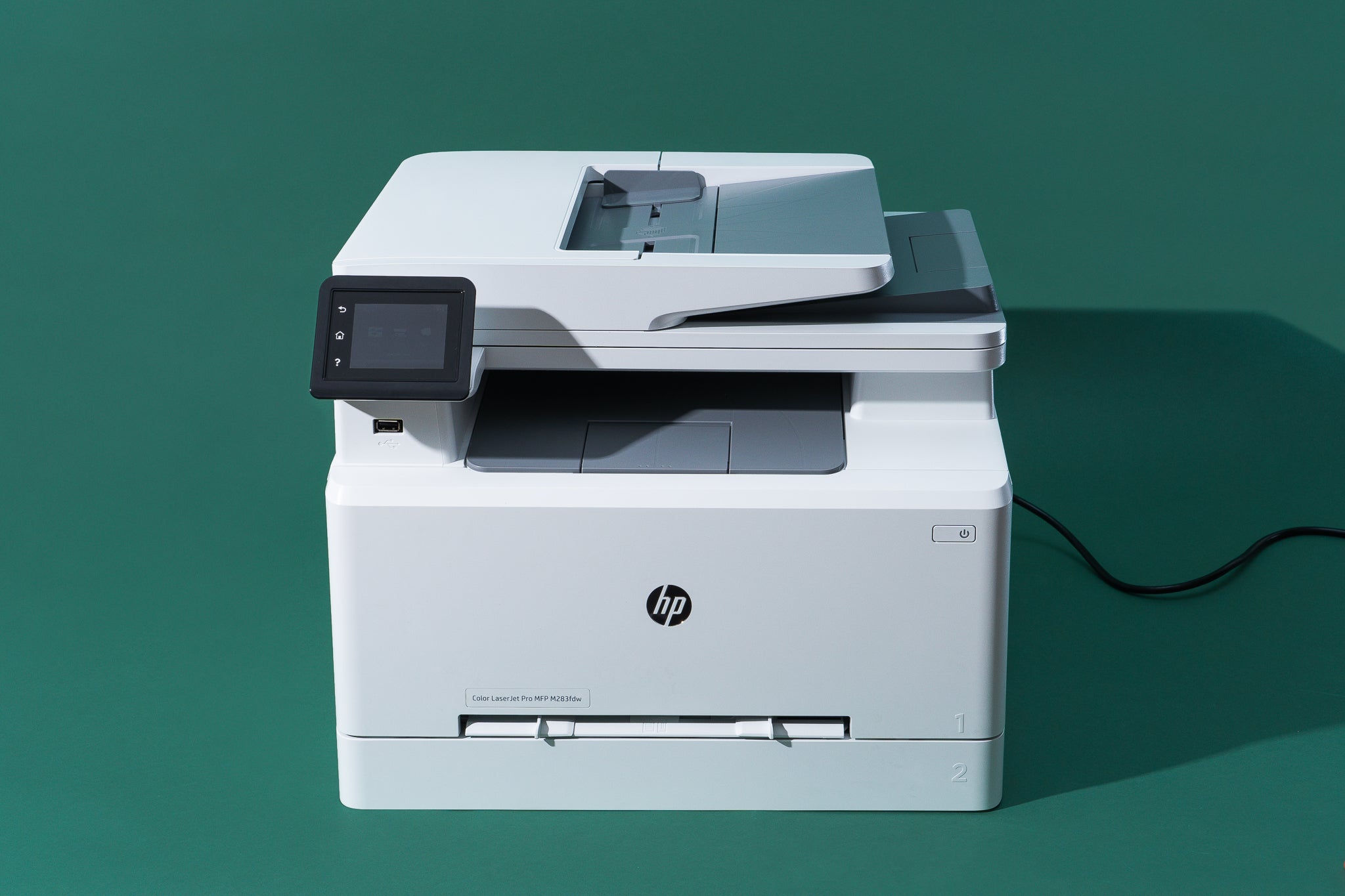
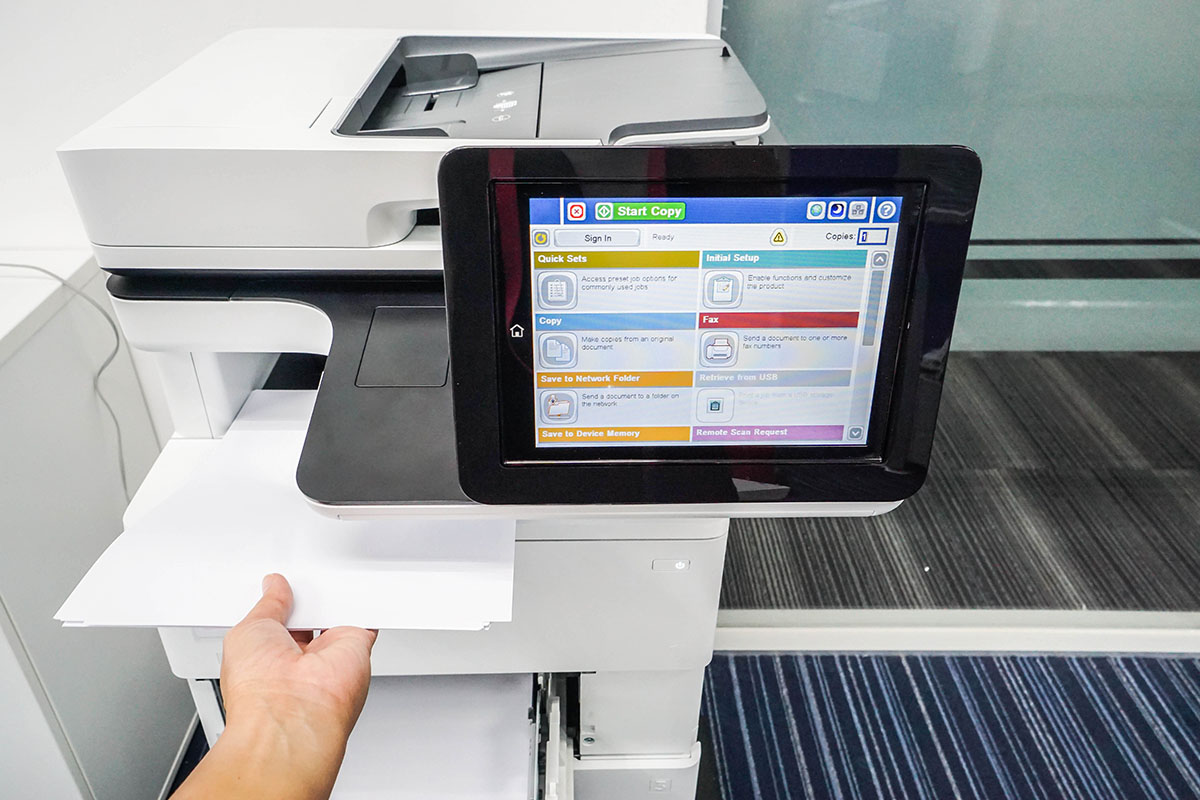


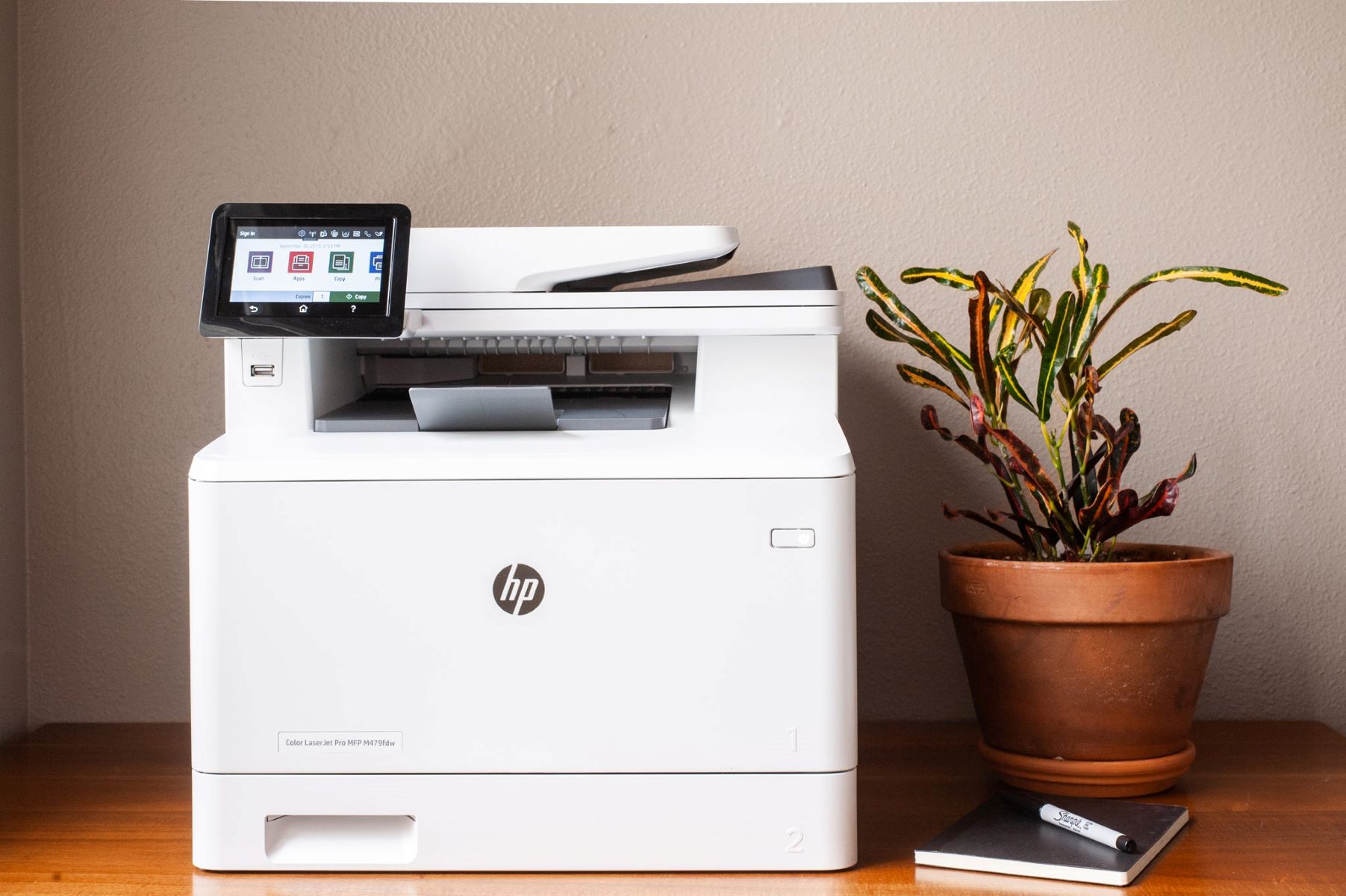
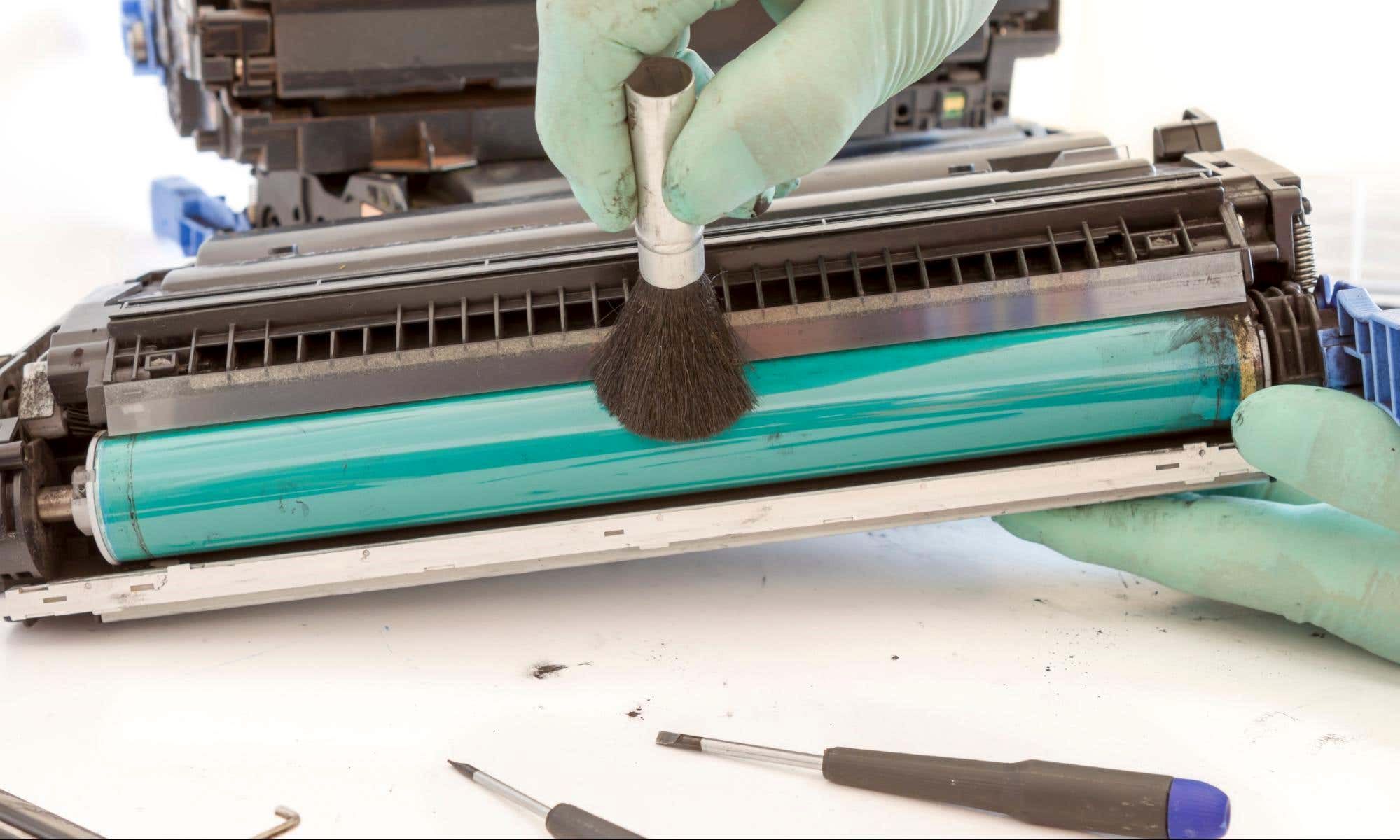
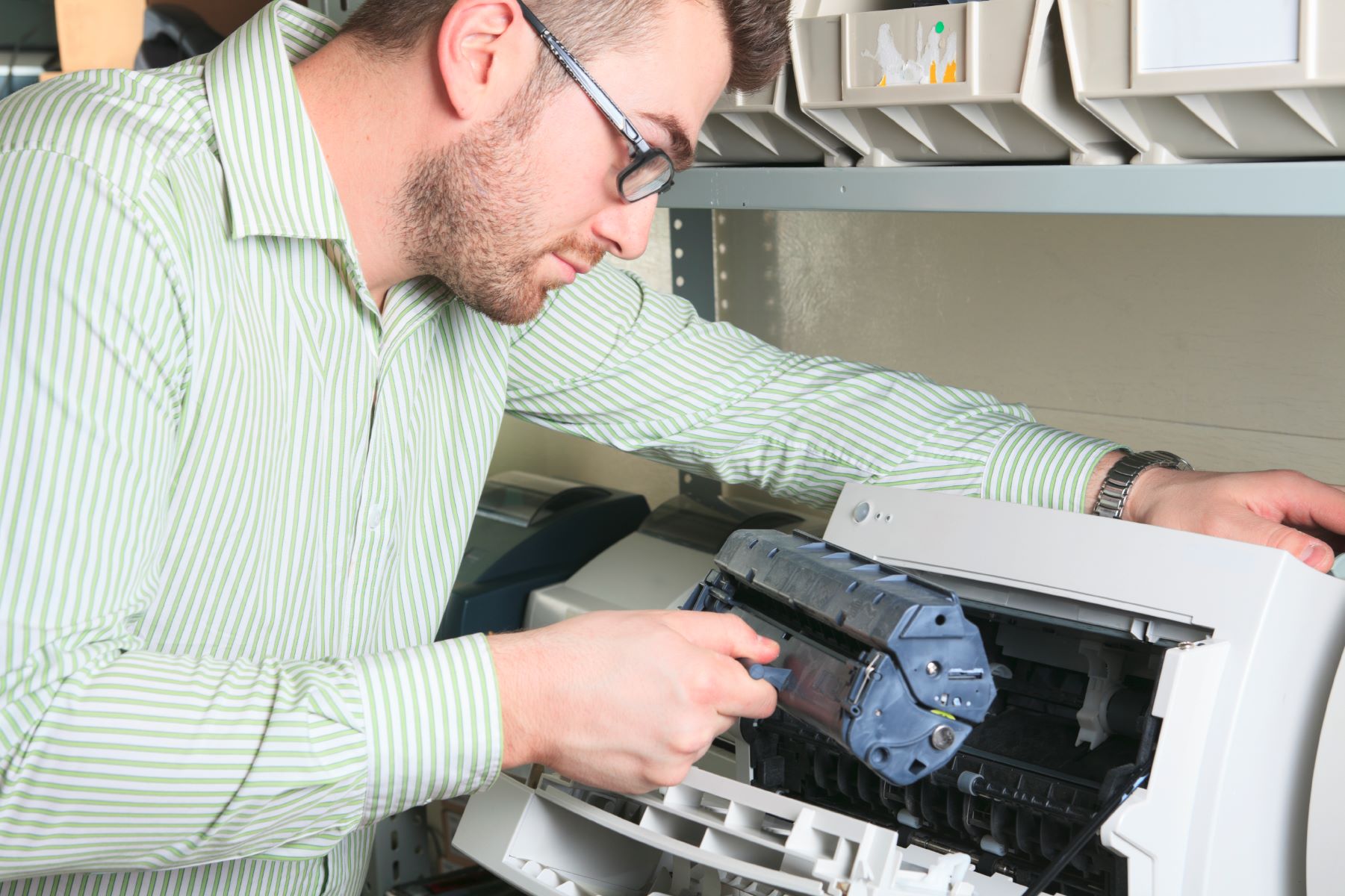
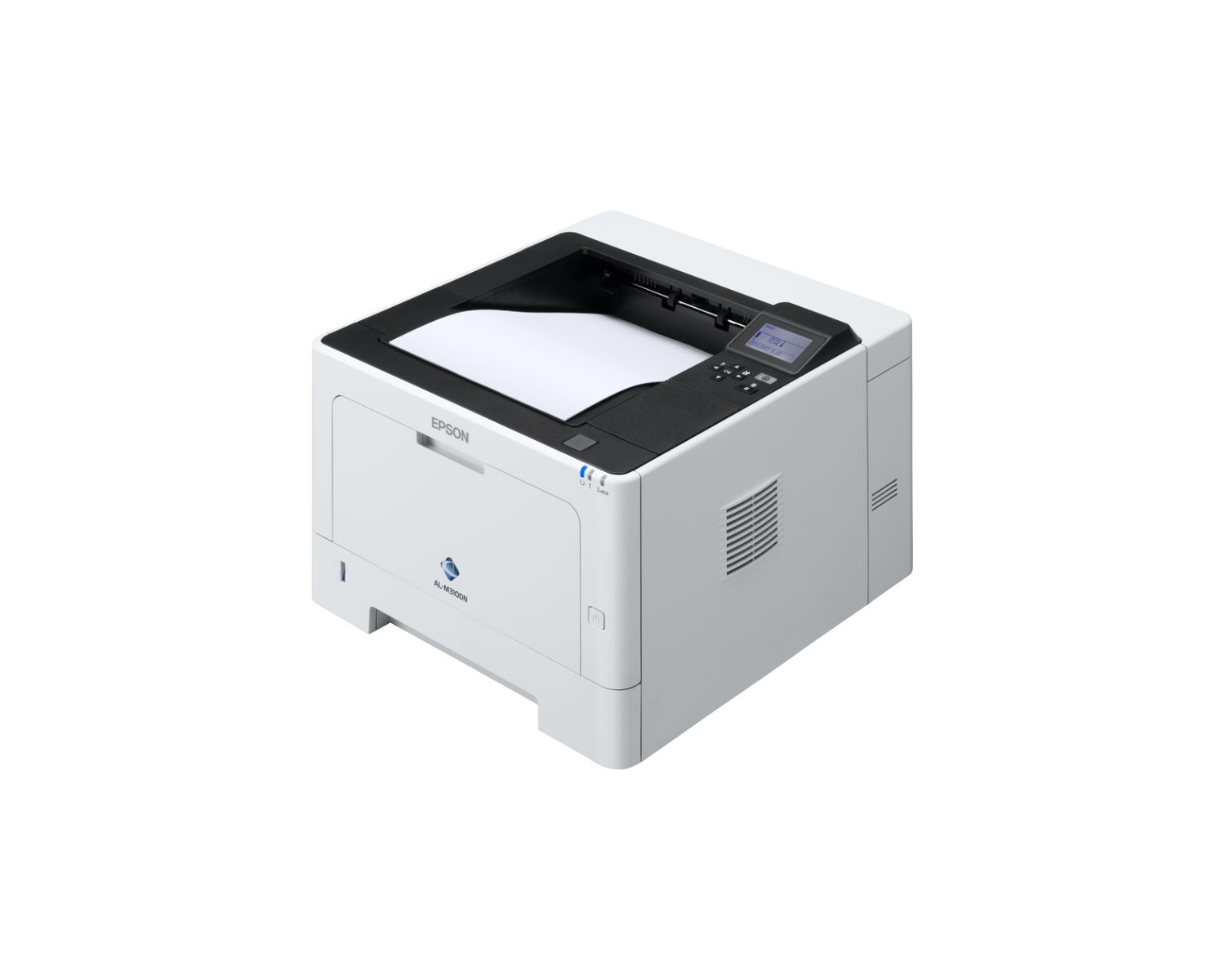
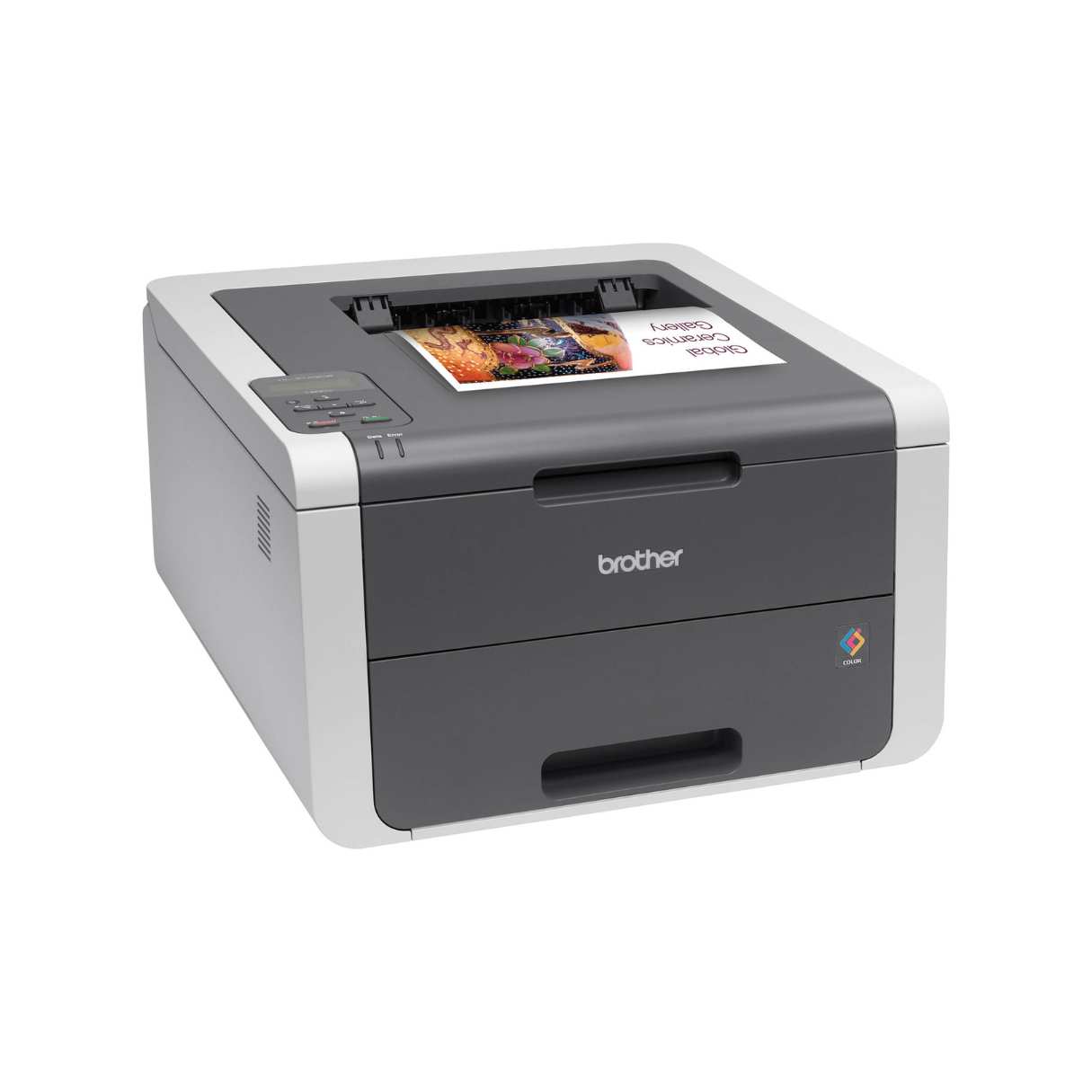
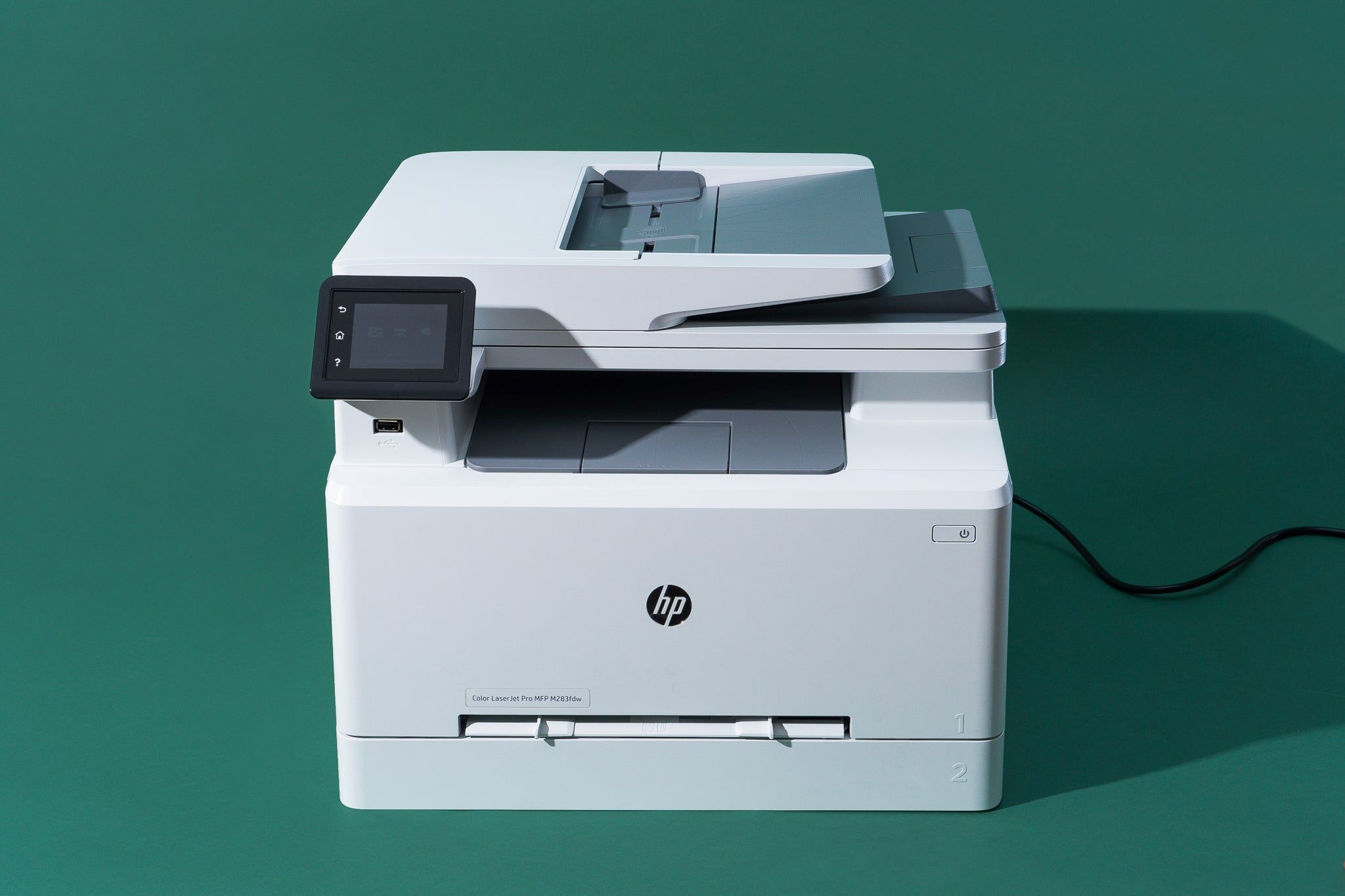
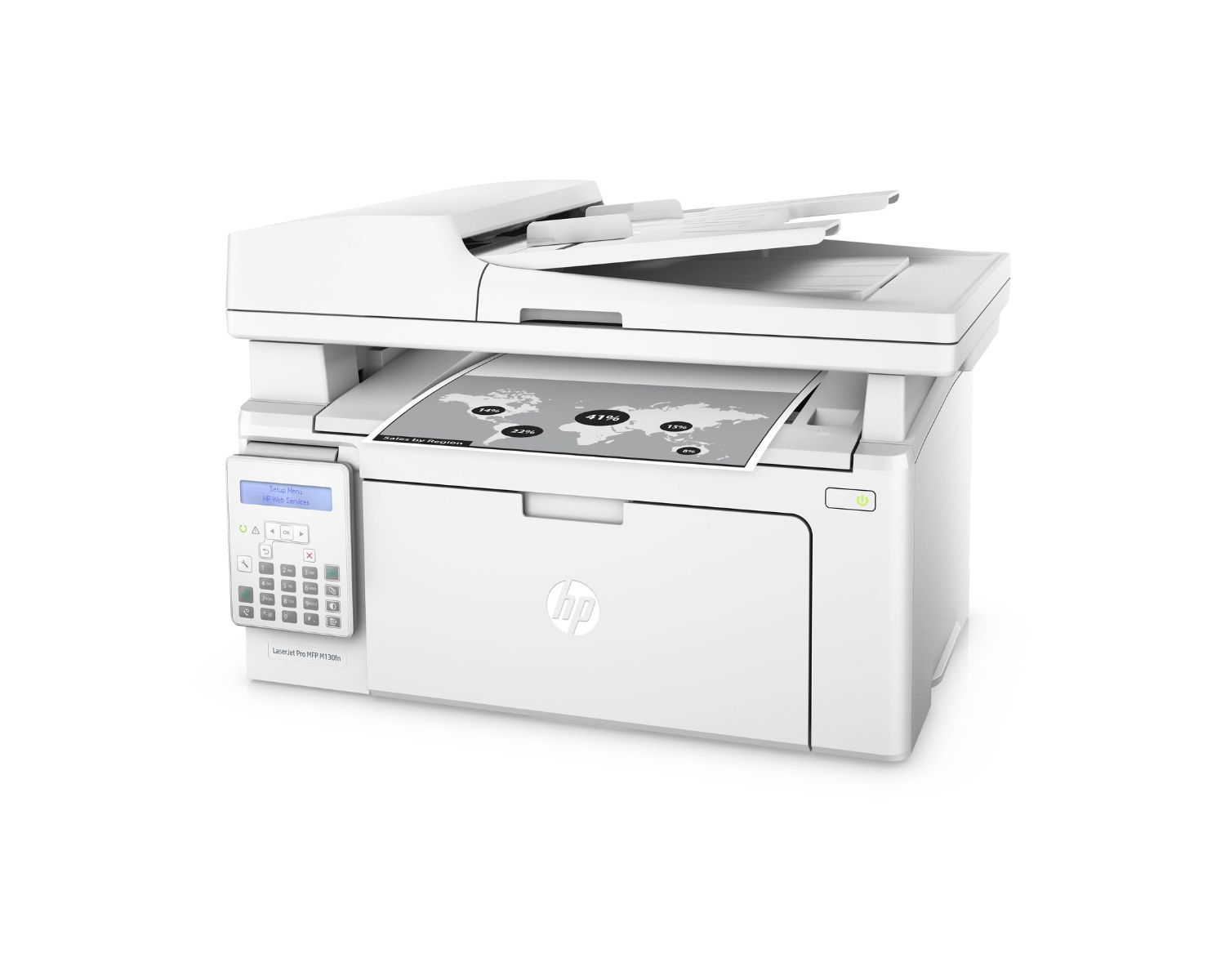
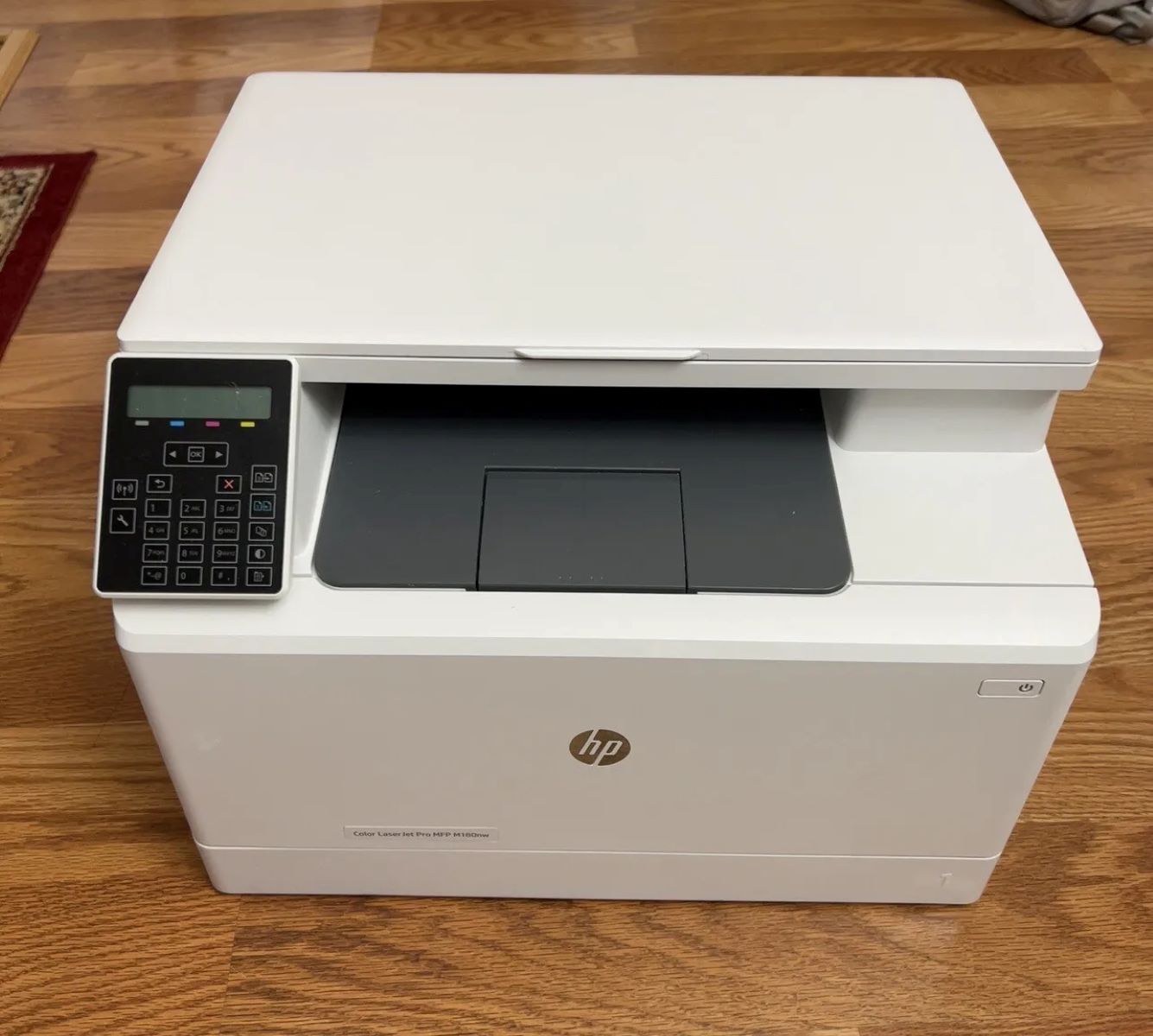
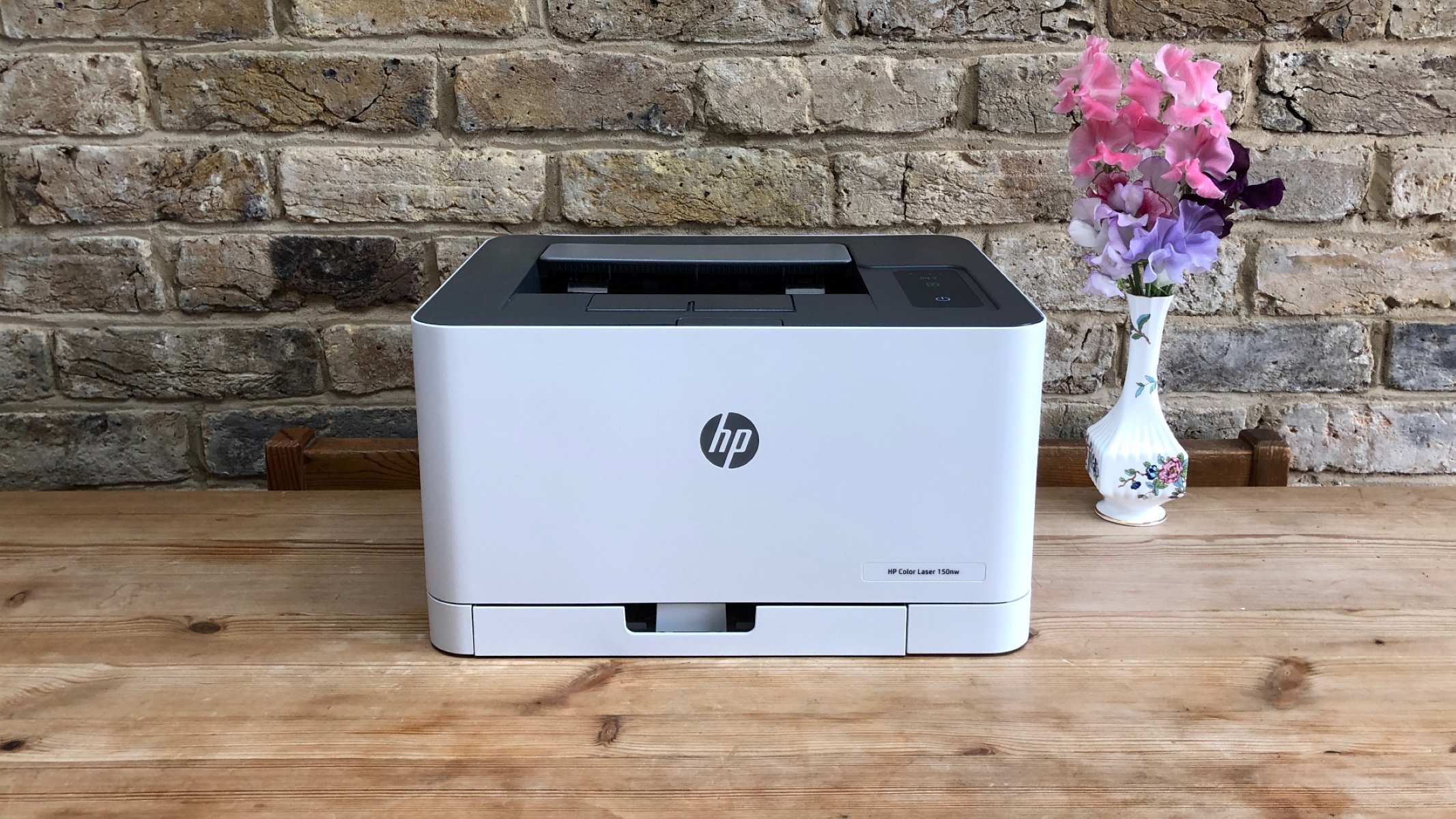
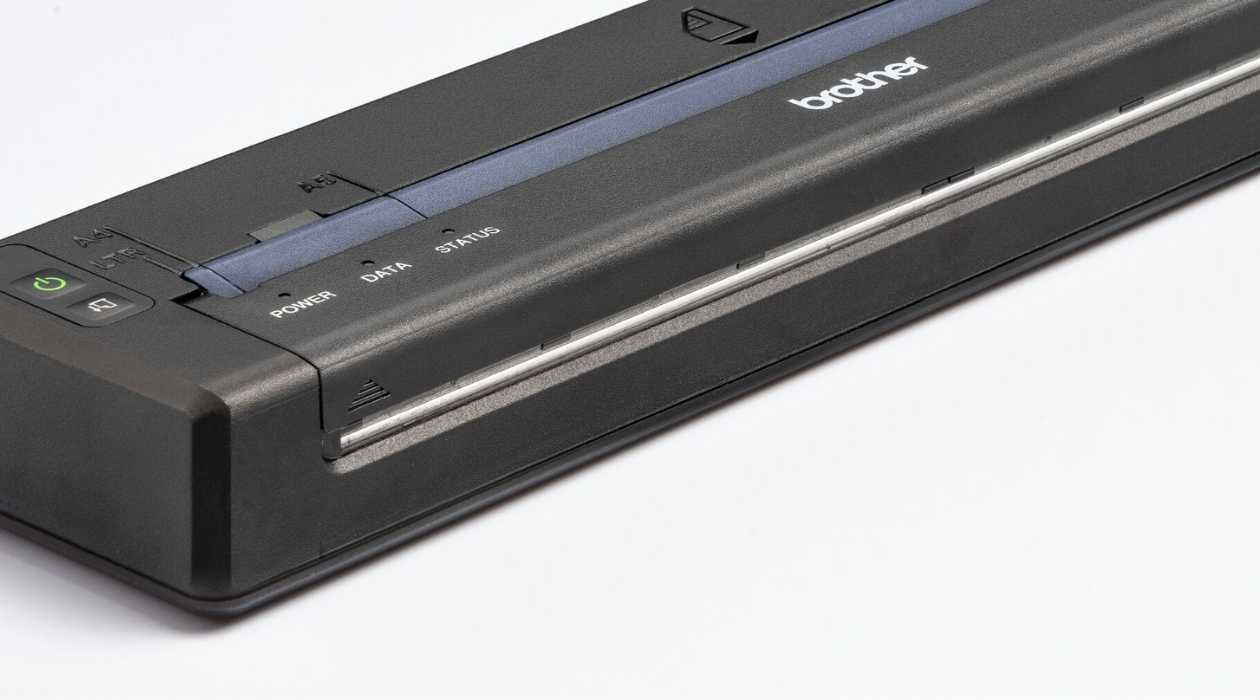

0 thoughts on “What Is A Laser Printer”